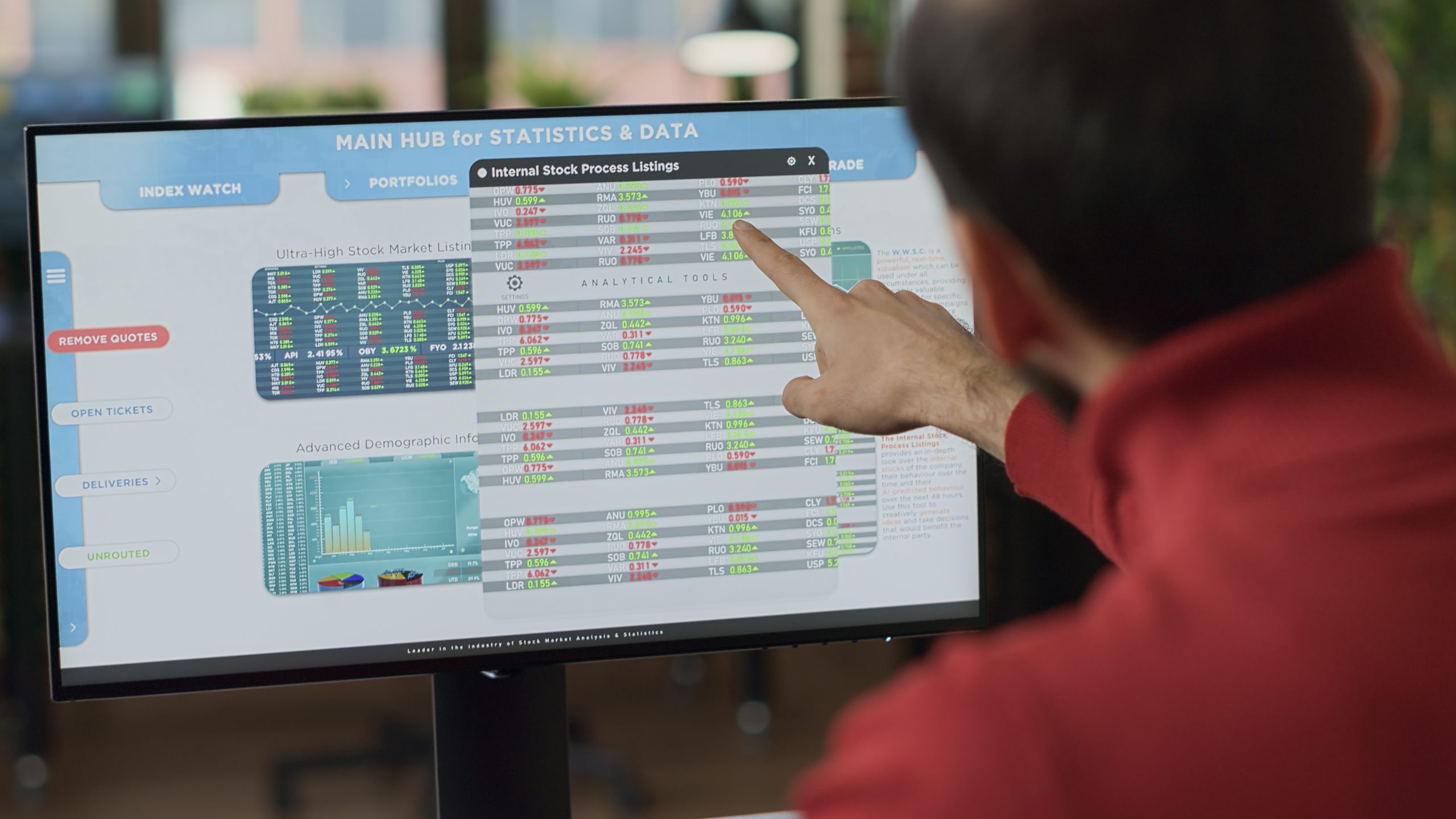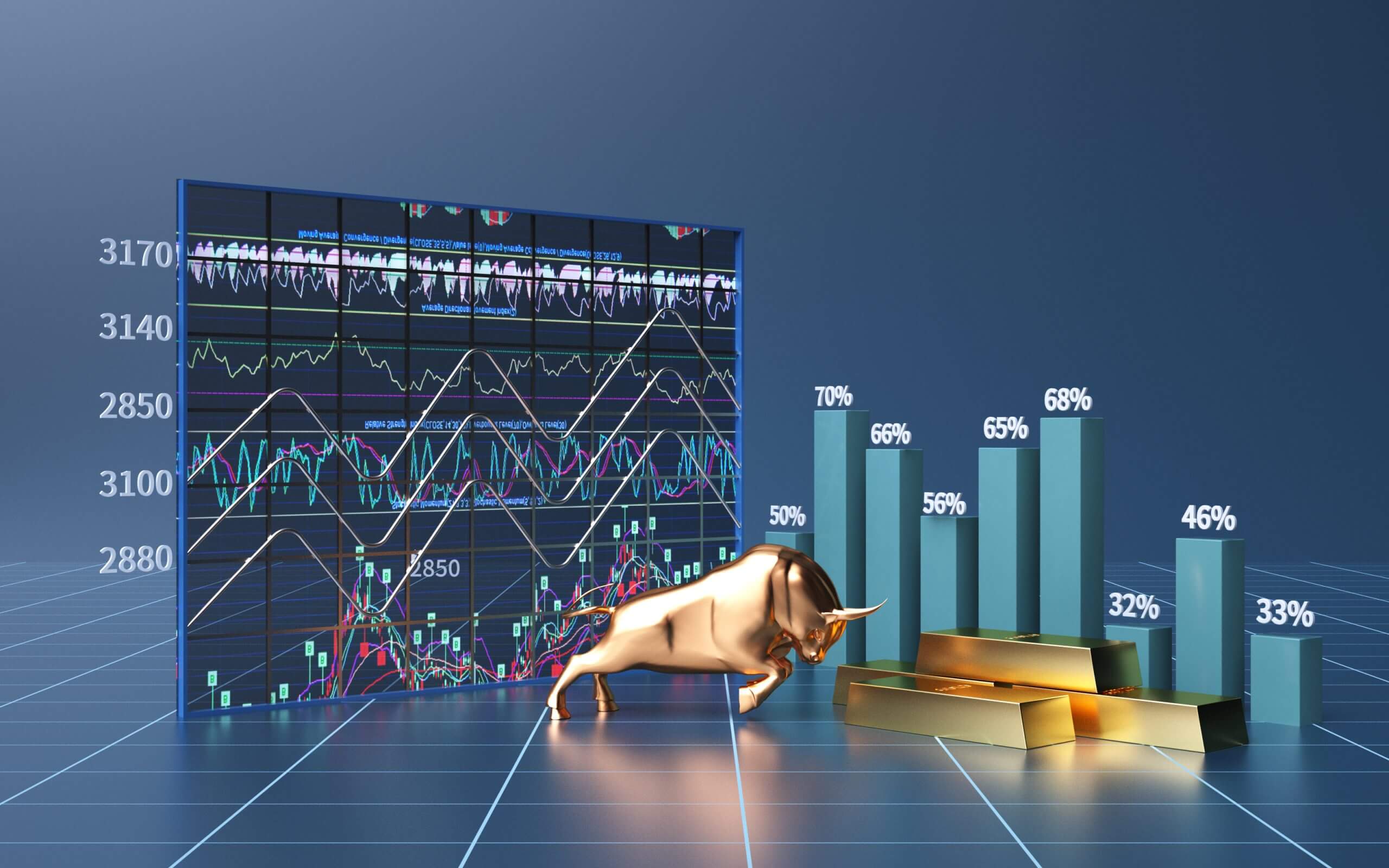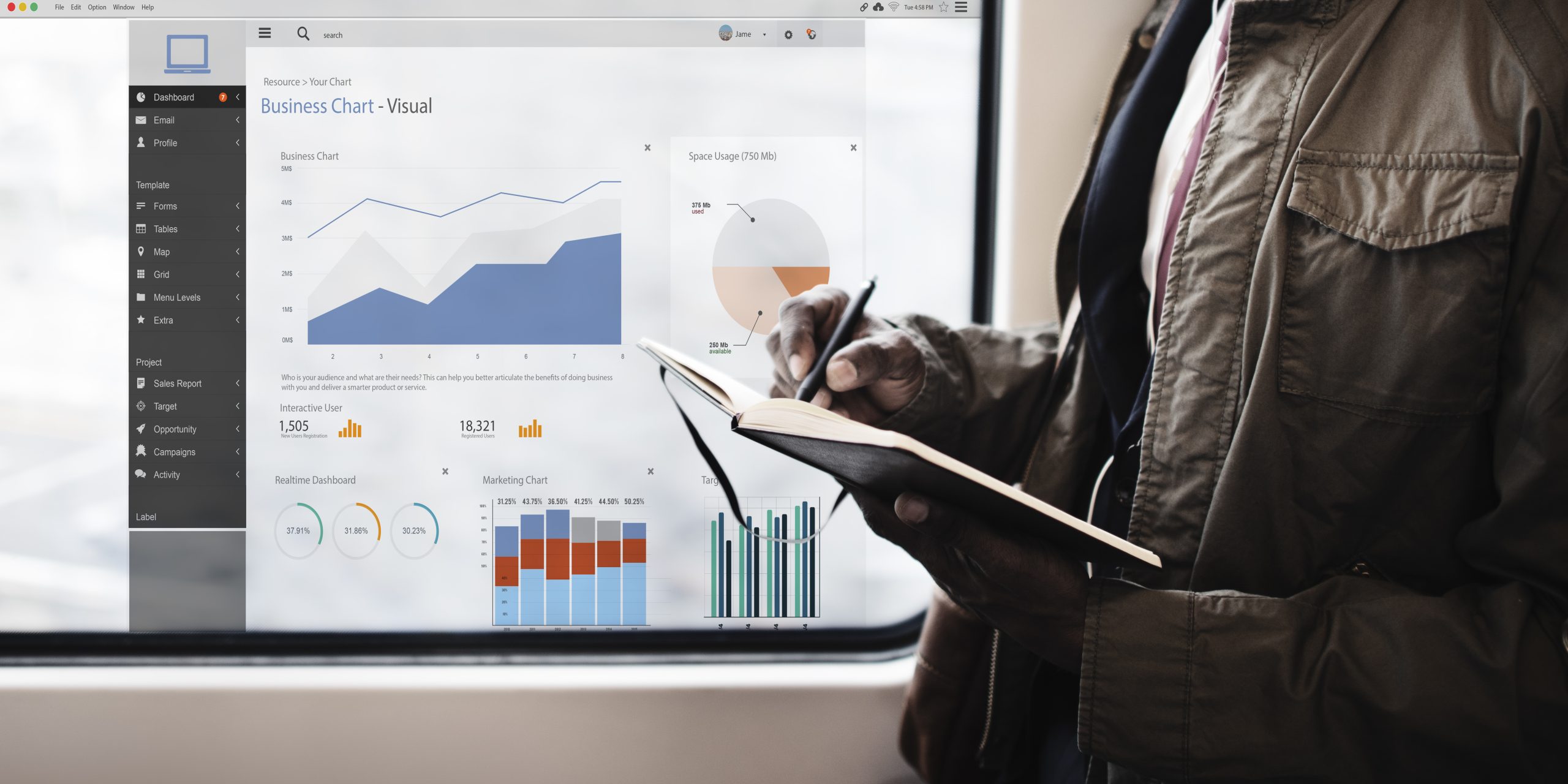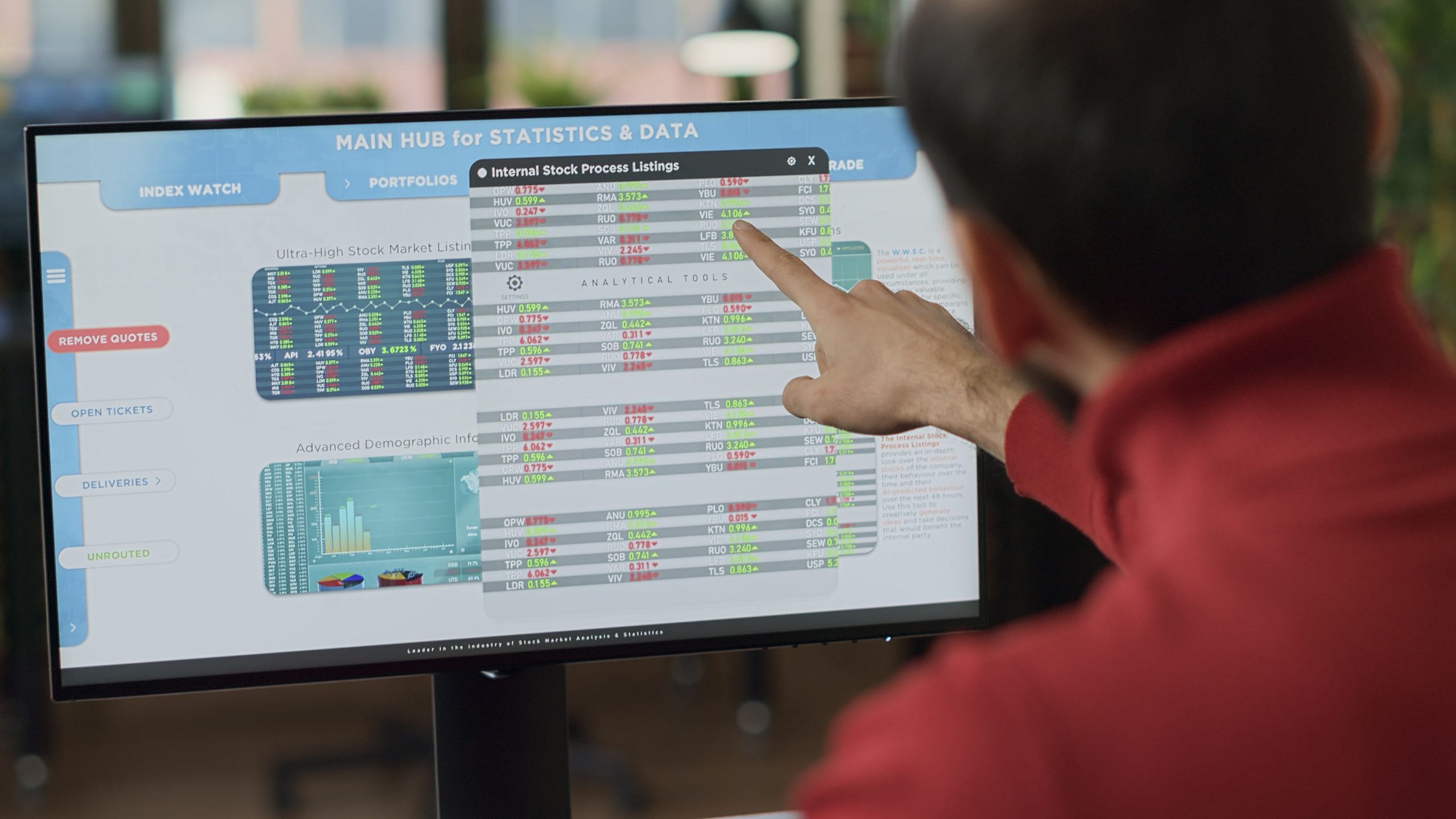What Are Derivatives?
Derivatives are financial instruments whose value is derived from an underlying asset or group of assets. The underlying asset can be a stock, bond, commodity, currency, interest rate, or market index. Essentially, A derivative is contract between two or more parties, and their price is determined by fluctuations in the underlying asset.
Types of Derivatives
- Futures Contracts: These are agreements to buy or sell an asset at a future date at a price agreed upon today. They are standardized and traded on exchanges, making them highly liquid. Futures are commonly used for commodities like oil, gold, or agricultural products.
- Options Contracts: These give the holder the right, but not the obligation, to buy (call option) or sell (put option) an underlying asset at a predetermined price (strike price) before a certain date (expiration date). Options are used for hedging risk or for speculative purposes.
- Forwards Contracts: Similar to futures, but they are not standardized or traded on exchanges. Instead, they are private agreements between parties and are thus more customizable. Forwards are common in currency and interest rate markets.
- Swaps: These are contracts in which two parties agree to exchange cash flows or other financial values of the underlying assets. The most common types are interest rate swaps and currency swaps. Swaps are used to manage risk, particularly interest rate risk or foreign exchange risk.
Why Are Derivatives Important?
- Risk Management: One of the primary uses of derivatives is to hedge risk. For example, a farmer might use futures contracts to lock in a price for their crops, protecting against price drops.
- Price Discovery: Derivatives help in determining the future price of an asset, thus aiding in price discovery.
- Access to New Markets and Assets: They enable investors to gain exposure to assets or markets that might be out of reach due to various constraints, such as foreign exchange regulations.
- Leverage: Derivatives allow investors to control large amounts of the underlying asset with a relatively small investment, offering the potential for greater profits (as well as greater losses).
- Speculation: Investors can speculate on the future direction of an asset’s price. For instance, if an investor believes the price of oil will rise, they might buy oil futures.
Risks Associated with Derivatives
- Leverage Risk: The leverage in derivatives can amplify losses, potentially leading to significant financial damage.
- Market Risk: The value of derivatives can be highly volatile.
- Counterparty Risk: The risk that the other party in a derivative contract may default.
- Complexity: Some derivatives are complex and difficult to understand, which can lead to misjudged investments.
Derivatives are versatile and complex financial instruments that play a vital role in global financial markets. They offer various benefits like risk management and access to different markets but also come with significant risks. Understanding these instruments requires a thorough grasp of financial concepts and careful risk assessment.
Why Trade Derivatives?
Expanding on the reasons for trading derivatives provides insight into their strategic uses in finance, along with the benefits and motivations behind their utilization. Here’s a more detailed look at why traders and investors might engage in derivative trading:
Risk Management (Hedging)
- Protection Against Price Fluctuations: Derivatives are widely used to hedge against price movements in an underlying asset. For example, a farmer might use futures contracts to lock in a price for crops, protecting against the risk of falling prices.
- Diversification: By using derivatives, investors can achieve a more diversified portfolio, reducing overall risk.
- Managing Foreign Exchange Risk: Businesses that deal in multiple currencies use derivatives like currency forwards to hedge against currency risk.
Speculation and Profit
- Leveraging Market Predictions: Traders often use derivatives to speculate on the future direction of market prices. Because derivatives often require a lower initial investment (margin) compared to the full value of the asset, they provide a way to leverage small price movements for potentially significant gains.
- Short Selling: Derivatives like options and futures enable investors to profit from declining markets or asset prices, which might be difficult or impossible in the spot market.
Access to Otherwise Unavailable Assets or Markets
- Broadening Market Access: Derivatives can provide exposure to a wider range of assets and markets, including those that may be difficult to access directly, such as certain foreign markets or commodities.
- Efficient Portfolio Management: Investors can adjust their portfolio exposure without needing to buy or sell the underlying assets directly, which can be more efficient in terms of transaction costs and speed.
Leverage
- Amplified Returns: The leverage effect of derivatives means that investors can control a large position in an underlying asset with a relatively small investment. While this can magnify profits, it also increases potential losses.
- Capital Efficiency: Leverage allows traders to make more efficient use of their capital. Instead of tying up a large amount of funds in the underlying asset, they can use derivatives as a more capital-efficient alternative.
Income Generation
- Writing Options: Investors can generate income by writing options. This strategy involves selling options contracts to buyers and collecting the premium.
- Enhanced Yields: Derivatives can be used to enhance yields in an investment portfolio through various strategies that capitalize on market movements.
Trading in derivatives offers various strategic advantages, from hedging risks to speculating on price movements. However, their complexity and the risks associated with leverage require a solid understanding of financial markets and prudent risk management. It’s essential for anyone considering trading derivatives to assess their risk tolerance, investment goals, and to seek education or professional advice before engaging in these markets.
Risks of Derivative Trading
Market Risk
- Price Volatility: Derivatives are highly sensitive to the underlying asset’s price movements, which can be unpredictable and volatile. This makes the value of the derivative contract equally volatile.
- Impact of Leverage: Leverage can magnify gains, but it also amplifies losses. Small price movements in the underlying asset can result in significant losses for the derivative holder.
- Liquidity Risk: Some derivatives, especially those traded over-the-counter (OTC), may have low liquidity, making it difficult to exit positions without incurring substantial losses.
Leverage Risk
- Amplified Losses: Using leverage means that traders can control a large position with a relatively small amount of capital. While this can lead to large profits, it also increases the potential for large losses.
- Margin Calls: If the market moves against a leveraged position, traders may face margin calls, requiring them to provide additional funds to maintain their positions. Failure to meet margin calls can result in the closure of positions at a loss.
Counterparty Risk
- Default Risk: In OTC derivatives, there is a risk that the counterparty to the contract may default on their obligations, leading to financial loss for the other party.
- Credit Risk: The financial stability of the counterparty can impact the risk level. Changes in a counterparty’s credit rating can affect the value of derivative contracts.
Complexity and Understanding
- Complex Financial Instruments: Derivatives can be complex to understand and require a thorough knowledge of the financial markets and the underlying assets.
- Mispricing and Model Risk: The valuation of derivatives is often based on complex mathematical models, which can be prone to errors and mispricing.
Regulatory Risk
- Changes in Legislation: Derivative markets can be affected by changes in financial regulation, which can impact the profitability and legality of certain derivative strategies.
- Tax Implications: Derivatives can have complicated tax implications which can affect the overall profitability of trading these instruments.
Systemic Risk
- Market Impact: Large-scale derivative positions can have a systemic impact on the broader financial markets, as seen during the financial crisis of 2008.
- Interconnectedness of Financial Markets: Derivatives tie together various market participants and institutions, meaning that the failure of one entity can have a domino effect on others.
Derivative trading can offer significant benefits, such as hedging and speculation, but it is essential to be aware of the risks involved. These risks include market volatility, the impact of leverage, counterparty and credit risks, the complexity of the products, regulatory changes, and the potential for systemic risks. Both individual and institutional investors should approach derivative trading with caution, ensuring they have the necessary knowledge, risk management strategies, and understanding of the regulatory environment. As with any financial undertaking, consulting with financial professionals is advisable to align derivative trading strategies with one’s overall financial goals and risk tolerance.
How to Start Trading in Derivatives
Starting to trade in derivatives involves several key steps, each of which is crucial to developing a strong foundation in this complex area of finance. Here’s a detailed guide on how to begin your journey in derivative trading:
1. Education and Research
- Understand Derivative Concepts: Begin with a thorough understanding of what derivatives are, including futures, options, swaps, and forwards. Learn how these instruments work, their pricing, and their unique characteristics.
- Learn About Underlying Assets: Since derivatives derive their value from underlying assets like stocks, bonds, commodities, or currencies, understanding these assets is essential.
- Risk Management: Understand the risks involved in derivative trading, including market risk, leverage risk, and counterparty risk. Learning about risk management strategies is crucial.
- Educational Resources: Utilize books, online courses, webinars, and financial news to enhance your knowledge. Focus on resources that specifically discuss derivative trading.
2. Choose a Brokerage Account
- Broker Selection: Choose a broker that offers a robust platform for trading derivatives. Consider factors like commission fees, minimum deposit requirements, user interface, customer support, and educational resources.
- Regulatory Compliance: Ensure that the broker is regulated by appropriate financial authorities to ensure safety and reliability.
- Demo Account: Many brokers offer demo accounts where you can practice trading with virtual money, which is a great way to learn without risking real capital.
3. Practice with a Demo Account
- Simulated Trading: Use the demo account to familiarize yourself with the trading platform and to practice executing trades.
- Strategy Testing: Test different trading strategies in a risk-free environment to see how they perform under various market conditions.
4. Develop a Trading Strategy
- Technical Analysis: Learn to analyze market trends, chart patterns, and other technical indicators that can inform your trading decisions.
- Fundamental Analysis: For some derivatives, especially those based on stocks or commodities, understanding the fundamental factors that affect the price of the underlying asset is important.
- Set Objectives: Define your trading objectives, including your risk tolerance, investment horizon, and profit goals.
5. Risk Management
- Set Limits: Determine in advance how much of your portfolio you are willing to risk on derivative trades.
- Use Stop-Loss Orders: Implement stop-loss orders to automatically sell a position once it reaches a certain price, limiting your losses.
- Diversification: Spread your investments across different types of derivatives and underlying assets to reduce risk.
6. Start Trading
- Begin Slowly: Start with small positions to get a feel for the market and to test your strategies with real money.
- Monitor Your Positions: Keep a close eye on your positions and be prepared to adjust your strategy as market conditions change.
- Keep Learning: The financial markets are constantly evolving, and ongoing education is key to staying informed and adapting your strategies accordingly.
7. Stay Informed and Adapt
- Market News: Follow financial news and market trends. Economic indicators, company announcements, and geopolitical events can have significant impacts on derivative prices.
- Review and Adapt: Regularly review your trading performance and strategy. Be willing to adapt your approach in response to changing market conditions and lessons learned from your trading experiences.
Derivative trading is not for everyone, as it involves significant risk, and it’s crucial to approach it with caution and thorough preparation. Education, practice, and a well-thought-out strategy are the cornerstones of successful derivative trading. It’s also advisable to consult with financial advisors or experienced traders to get guidance tailored to your personal financial situation and goals. Remember, while the potential rewards can be high, so are the risks, so trade responsibly.
Strategies for Derivative Trading
Expanding on strategies for derivative trading involves exploring various approaches and techniques that traders use to maximize profits and manage risks. Here’s a detailed look at some common derivative trading strategies:
1. Hedging
- Risk Management: Hedging is used to reduce or offset the risk of adverse price movements in an asset. It involves taking a position in a derivative to counterbalance potential losses in another investment.
- Example: A wheat farmer might sell wheat futures contracts to lock in a price for their crop, protecting against the possibility of falling wheat prices.
2. Speculation
- Profit from Price Movements: Speculators use derivatives to bet on the future direction of market prices, hoping to profit from price movements.
- Example: Buying call options on a stock if you expect the stock’s price to rise, or buying put options if you expect it to fall.
3. Spread Trading
- Bull Spread: Involves buying a call option at a specific strike price while simultaneously selling a call option at a higher strike price. Used when expecting a moderate increase in the price of the underlying asset.
- Bear Spread: The opposite of a bull spread, involving buying a put option and selling another put option with a lower strike price. It’s used when expecting a moderate price decline.
4. Arbitrage
- Exploiting Price Differences: Arbitrage involves simultaneously buying and selling a derivative in different markets to take advantage of price discrepancies.
- Example: Buying a commodity in one market at a lower price and selling it in another market at a higher price.
5. Straddles and Strangles
- Straddle: Involves buying a call and a put option on the same asset with the same expiration date and strike price. This strategy is used when expecting significant volatility but uncertain of the direction.
- Strangle: Similar to a straddle, but the call and put have different strike prices. It’s a bet on volatility but requires a larger price move to be profitable.
6. Pairs Trading
- Market-Neutral Strategy: Involves taking simultaneous long and short positions in two closely related assets. The idea is to profit from the relative price movements between the two assets.
- Example: Going long on a stock and short on an index when you expect the stock to outperform the market.
7. Covered Calls
- Income Generation: Involves owning an underlying asset and selling call options against it. This can provide income via the premiums received from selling the options.
8. Protective Puts
- Downside Protection: Buying put options as insurance against a decline in the price of assets you own. This limits potential losses while allowing for profit from any price increases.
9. Butterfly Spreads
- Limited Risk and Reward: Involves using multiple option contracts with different strike prices but the same expiration date. It’s designed to have a high probability of a small gain with limited risk.
Conclusion
These strategies represent just a glimpse into the complex world of derivative trading. Each strategy comes with its unique risk and reward profile and requires a deep understanding of market dynamics. Traders often tailor these strategies to their market view, risk tolerance, and investment goals. As always, it’s essential to conduct thorough research and consider seeking advice from financial professionals before embarking on derivative trading, as it involves significant risks along with potential rewards.















0 Comments